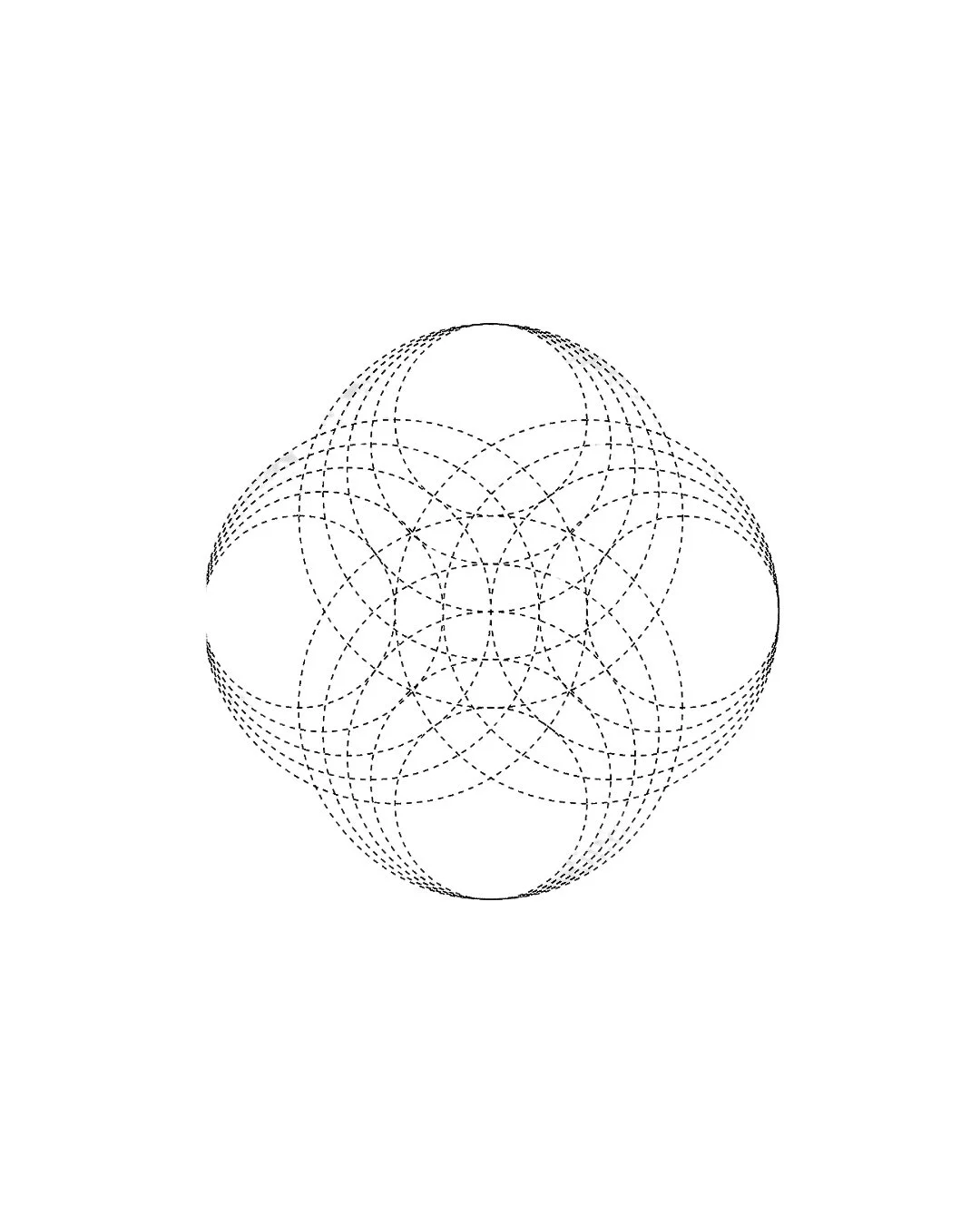how it’s practiced
The Penumbra Method is experienced through group movement and meditation classes as well as individual hands-on sessions. These practices offer a unique approach to breath awareness, movement, and embodied presence.
Breath is a dynamic movement that is ever changing, sensitive and responsive to our thoughts, feelings, and impressions, both conscious and unconscious, and in communication with all that we are, and who we are becoming. It moves in ways that restores balance on all levels of our being and awakens our vital life energy and unique expression in the world.
Rather than following a sequence of exercises to bring a desired and expected result, this practice unfolds as a responsive conversation with the breath—its rhythm, quality, and movement.
Exercises are not used to impose corrections but rather as open-ended questions posed to the breath. The breath, in turn, responds, and we listen. From this response, we introduce another movement, another inquiry—just as in a natural conversation, where one response informs the next.
Your practice is guided by what is alive in you at the moment. Themes and insights emerge organically—not from preconceptions or external expectations, but from your direct, sensory experience of breath. These themes reveal themselves in their own time, allowing for deep integration and transformation.
The Resonant Field
As individuals engage in their personal explorations within a group setting, an atmosphere of presence emerges—much like the still, vital energy felt in a redwood forest or beside a quiet lake. This collective presence forms a resonant field, a subtle but tangible energetic connection among participants.
Within this field, one person’s breath movement can serve as a catalyst for another’s. Without conscious intention, someone else may pick up on the resonance of your experience, opening them to insights they might not have accessed alone. Later, if experiences are shared, this unconscious connection becomes consciously supported and reinforced. This reciprocal relationship operates through coherence—each part in harmony with the whole.
Throughout the practice, you remain aware of the others in the room, each engaged in their own process. Together, the group participates in a layered dialogue—individually, collectively, and through breath itself.
Over time, this practice reveals a personal path toward healing and wholeness. A deeper sense of self emerges, and your creative capacities align and support your life’s direction.
Three Part Structure
working
resonating
resting
Working
The working phase involves movement or exercises—such as vocalizing sounds, gentle stroking, massaging, or tapping different areas of the body. However, these exercises are not performed mechanically or with a predetermined goal. Instead, they serve as invitations for breath to respond.
Rather than forcing an outcome, you attune to how breath moves in response to your actions. Just as in conversation, where you adjust your tone and words based on another’s response, here you refine your movement based on what your breath reveals.
Resonating
After an exercise reaches its conclusion, you shift into a state of listening. This is the resonating phase—where you allow the breath to move you without expectation.
New sensations may arise—some comforting, some unexpected. Breath may resolve tensions, bring insight, or simply expand your awareness of the present moment. Unlike passive observation, this is a direct felt experience—an embodied dialogue rather than a mental analysis.
Resting
Following the resonating period, the resting phase provides space for integration. While the dialogue with breath continues subtly, the focus softens, allowing the experience to integrate.
During this time, you may choose to verbalize your experience. Articulating what you have sensed helps clarify the experience in you, fostering embodiment and ownership. Sharing with the group brings collective insight and inspiration, deepening the practice for all.
A Complete Practice
A typical 90-minute class may cycle through two or three rounds of working, resonating, and resting. This structure honors the wholeness of the practice—where each phase supports and reflects the others, creating a dynamic and integrated process of discovery.
Through this approach, the Penumbra Method becomes more than a technique—it becomes a living practice, a dialogue with breath, and a path to deeper self-awareness and transformation.
What happens in a private session?
how do I prepare for a session?
In many ways, a session begins when you make the appointment. Your choice, and the intention that motivated it, is an important preparation. Are you clear about both?
A good preparation is to consider these questions:
What is the quality of your relationship with your body?
How do you view your body?
Is it an object you carry around?
An instrument separate from you?
Is it something you work on in order to prove your worth, get the attention you want, or not get the attention you don't want?
Are you your body, or are you separate from it?
What is your relationship with space? Taking up space, contributing to the space, sharing space?
Do you think about the space inside you or just the space outside of you?




